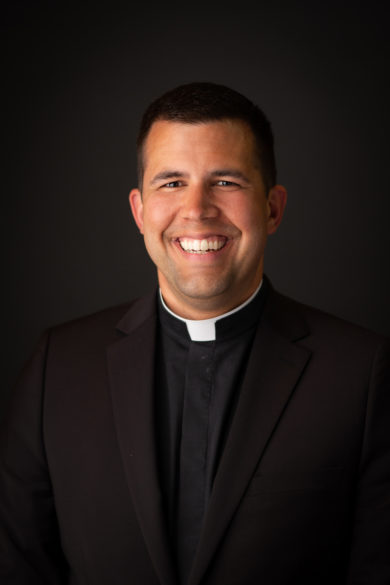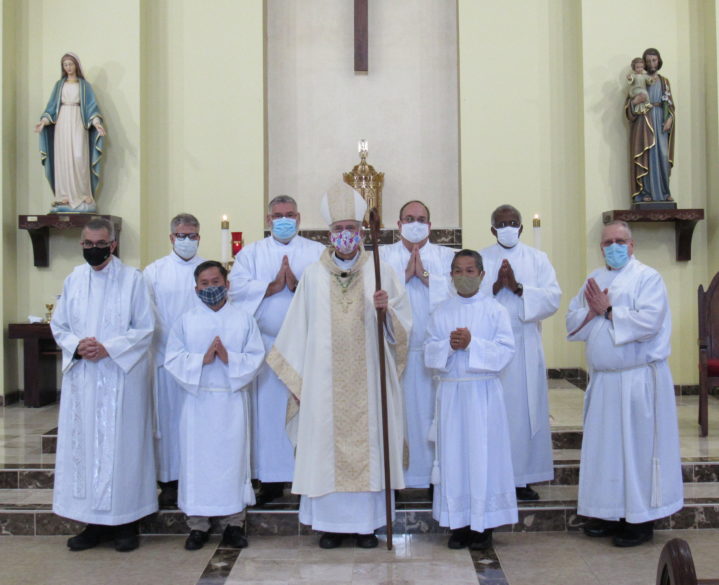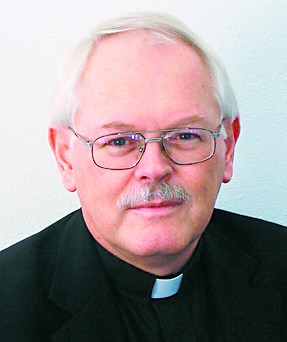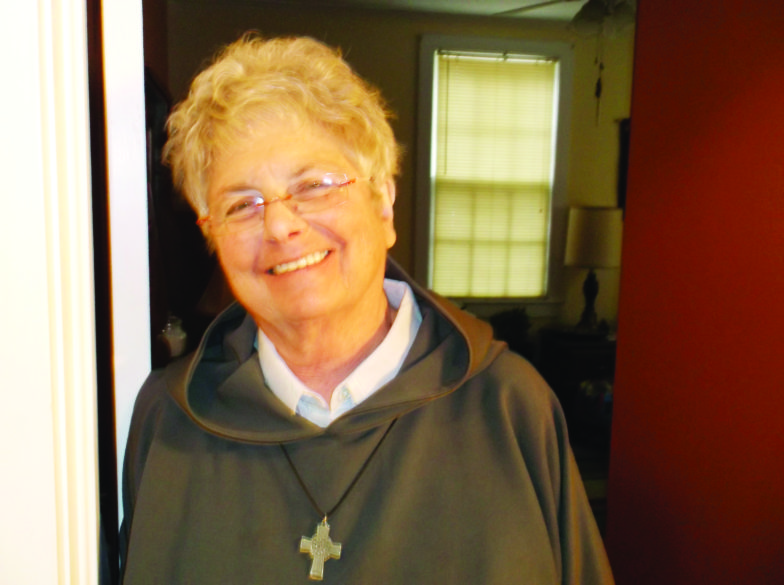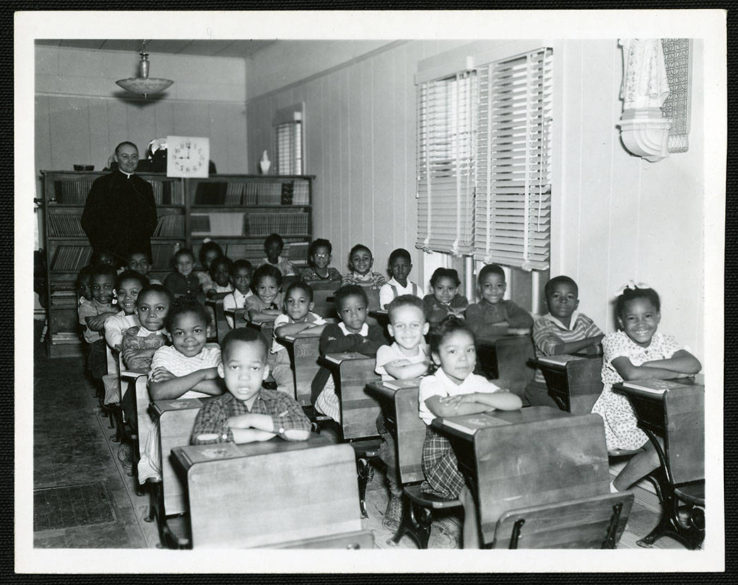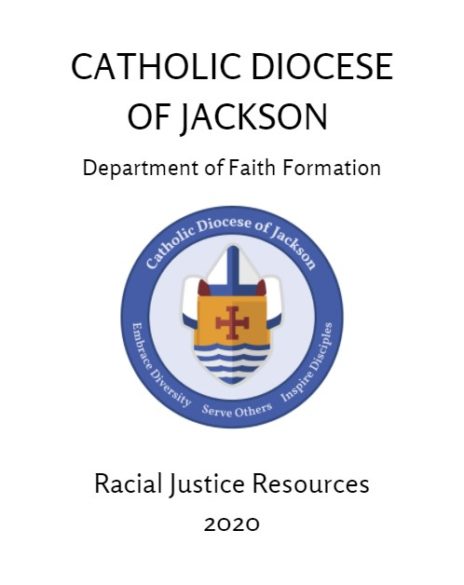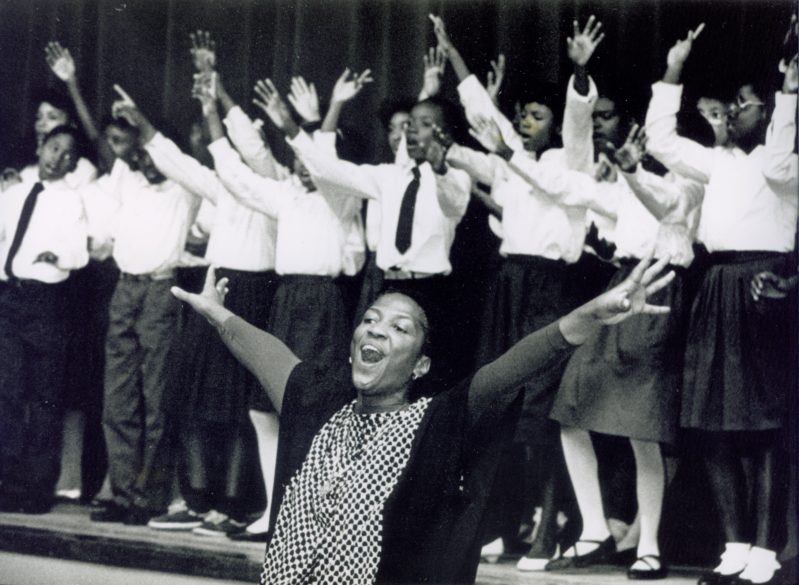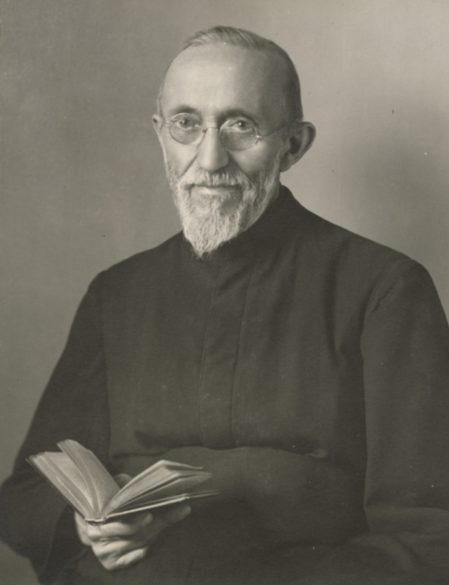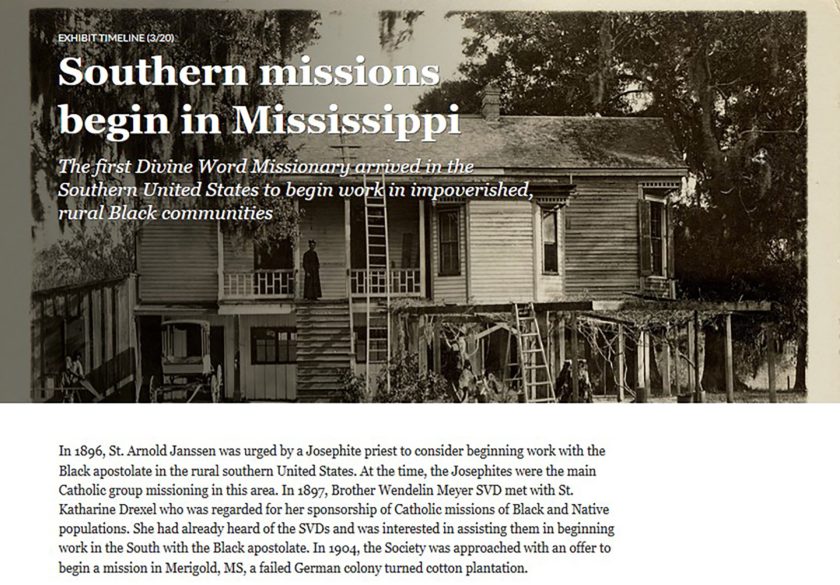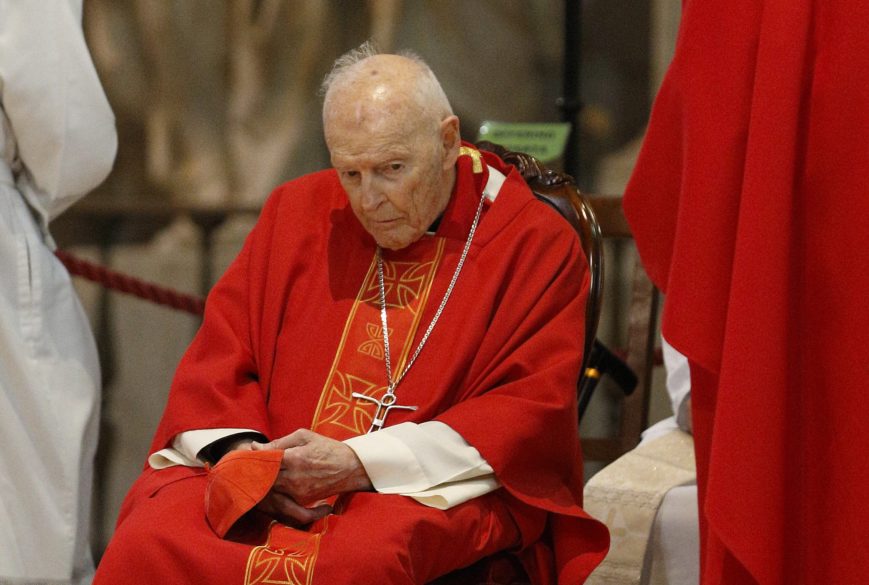By Dennis Sadowski
CLEVELAND (CNS) – New job in hand, Jim Richter was adjusting well to life in Minneapolis several months after leaving his hometown of Chicago.
He was enjoying his fellowship at the University of Minnesota Medical Center despite the long hours and he was coming to realize his move was a good one.
Sexually abused as a teenager by a South Side Chicago Catholic priest who had similarly assaulted other young men, Richter wasn’t expecting to hear more about the clergy abuse scandal in Minnesota.
Then news broke about Archbishop John C. Nienstedt of St. Paul and Minneapolis, who eventually resigned in 2015 over accusations he had mishandled allegations of abuse against an archdiocesan priest. Criminal charges were initially filed against the archdiocese over this, but were later dropped. Archbishop Nienstedt also faced allegations he had engaged in sexual misconduct with adults as a priest and as a bishop, claims he denied.
Richter said he felt he had been “assaulted” again when listening to news reports on the radio as he drove to work. The reports, he said, triggered a recurrence of post-traumatic stress disorder, known as PTSD.
“This was in the same sense being reminded that the church has lots of bad actors all over the place. That was something I did not need to be reminded of,” Richter told Catholic News Service.
PTSD often occurs in a person who has experienced or witnesses a traumatic event. It can last for months or years with triggers that can bring back memories of the trauma accompanied by intense emotional and physical reactions. Symptoms can include nightmares, unwanted memories, avoidance of situations that bring back those memories, anxiety or depression.
Richter, who is now 49 and who continues to practice his Catholic faith, eventually sought counseling to cope with the disorder. He acknowledged that he can experience PTSD at any time – as can any survivor.
“It could be the news, a book, a story someone is sharing,” he said.
“Triggers are very real. Victim survivors talk about them. When we talk about them they can cause a momentary disruption in or thoughts or our feelings. Sometimes it can last a day or two. Sometimes they can last a whole season,” Richter added.
Realizing he’s not alone, for the last three years Richter has helped facilitate what he calls “peace circles” – parish-based discussion groups primarily for clergy sexual abuse survivors but open to anyone interested in responding to the abuse crisis.
Richter works voluntarily. He has consulted with victim assistance coordinators in the archdioceses of Chicago and St. Paul and Minneapolis. The circles offer a safe space – originally in person but now online because of the coronavirus pandemic – to any survivor wanting to discuss their experience.
Richter’s recurring PTSD is not unusual. Mental health experts said sexual abuse survivors can experience ebbs and flows of PTSD and that it never quite goes away.
“Everyone is different. So depending on an individual’s situation anything can trigger it,” said Deacon Bernard Nojadera, executive director of the U.S. Conference of Catholics Bishops’ Secretariat of Child and Youth Protection.
The secretariat works with victim assistance coordinators in dioceses across the country to provide new information on how to assist abuse survivors who may need mental health services to respond to their traumatic experiences.
When a survivor reaches out, Deacon Nojadera said, his office or the appropriate diocesan office acknowledges “this hurt that had occurred in their lives, extending an apology.” Most importantly, though, he explained, is to listen to what the person has to say.
“We have an opportunity to continually building right relationships,” he said.
Deacon Nojadera acknowledged that PTSD can recur and has seen it in his work with military veterans in the past. He said the church is prepared to help any survivor connect with mental health services and advice.
Dioceses and eparchies have spent $143.8 million from 2004 through 2019 for therapy, living expenses and legal expenses for survivors, according to statistics compiled by the Center for Applied Research in the Apostolate. The figures were included in annual reports detailing diocesan and eparchial compliance with the U.S. bishops’ “Charter for the Protection of Children and Young People.”
From 2004 through 2013, the data show, $70.8 million in payments for therapy for survivors. Beginning in 2014, the category was expanded to include living and legal expenses, with payments to victims during that last six years coming to more than $71.9 million.
Victim advocates such as Tim Lennon, president of the board of the Survivors Network of Those Abused by Priests, told CNS others may shy away from church assistance, feeling that the institution that harmed them has no interest in making things better.
No matter to whom a survivor turns for help, Lennon, a survivor himself, said each person deserves broad support to help them weather their trauma.
Professionals in the church as well as professional psychologists almost always see an uptick in calls when a breaking story regarding abuse occurs. That happened in 2017 with the emergence of the #MeToo movement on social media following reports by dozens of women of their abuse by movie mogul Harvey Weinstein and the 2018 Pennsylvania grand jury report that chronicled abuse allegations against more than 300 priests and other church workers over a 70-year period, starting in 1947, in six of the state’s eight dioceses.
“Any time abuse and church are in a sentence and it hits the headlines or is splashed across social media, we definitely hear more,” Deacon Nojadera said.
The release of the Vatican’s report on a former U.S. cardinal, Theodore McCarrick, should be no different.
Deacon Nojadera and diocesan victim assistance coordinators said they expect to hear from more survivors – some of them reaching out for the first time – after the report becomes public.
The Vatican announced in February 2019 that Pope Francis had dismissed McCarrick from the clerical state after the Vatican Congregation for the Doctrine of the Faith found him to have engaged in “sins against the Sixth Commandment with minors and with adults, with the aggravating factor of the abuse of power.”
Professionals working with abuse survivors and survivors themselves contacted by CNS offered similar advice to those experiencing PTSD: remember you are not alone, that there are people – friends, family, mental health professionals, church victim assistance coordinators – who can guide you through difficult times.
Tom Tharayil, director of the Office of Assistance Ministry in the Archdiocese of Chicago, is among those who will await the calls from victims and non-victims alike.
“These stories are never presented with a trigger warning,” Tharayil said. “What happens is they’re assaulted all over again.”
His advice to survivors is to seek support from someone because having even a small network of people to discuss the challenges being faced will help in the healing process.
Beyond friends, family and professional mental health counselors, another resource Tharayil refers survivors to is The Healing Voices website at www.thehealingvoices.org. Developed by clergy abuse survivors, the site seeks to assist people reconcile their Catholic faith with the physical, mental, emotional and spiritual harm they have experienced.
Despite the recurrence of PTSD, Tharayil said he has found that “most (victims), on balance would prefer the information comes out even if this means they will be retraumatized, if you will.”
Victim survivors acknowledge that while a recurrence of PTSD can occur when high-profile news about clergy abusers breaks, it’s not all bad because “that helps raise community awareness,” Lennon agreed.
“People begin to understand that it doesn’t just happen in Pennsylvania. It happens everywhere. It brings a lot of people forward,” Lennon said.
Lennon told CNS he has received the support of his wife and twin daughters when he has a resurgence of PTSD.
Lennon, 73, who no longer practices Catholicism, said he was raped by a priest when he was 12 while growing up in Sioux City, Iowa. He said he had repressed the memory for decades until seeing a demonstration about 30 years ago outside of the Cathedral of St. Mary of the Assumption in San Francisco calling on church leaders to address clergy sexual abuse.
“It flashed back in my mind. ‘Oh, I was sexually molested by this priest for several months,’” Lennon recalled thinking.
He said he also sought professional mental health assistance and been able to adjust to dealing with memories of the abuse he experienced.
Heather Banis, victim assistance coordinator in the Archdiocese of Los Angeles, said managing PTSD is “about how to carry that burden differently” so that it does not become debilitating.
A support system is a must, she told CNS.
“It doesn’t always take the shape of a traditional family. It isn’t always as traditional as we might think. That’s OK. What matters is that you have it,” she said.
Richter said his connection to the Catholic Church has enabled him to address PTSD when it rises anew. He said the peace circles he coordinates, while not with a formal church connection, can do the same for others.
“I recognize that every day of my life is impacted by what happened to me when I was a teenager: the way I think, the way I see work, the way I approach others, the way that I talk. But it doesn’t define me,” he explained to CNS.
Deacon Nojadera said that although the church has spent millions of dollars for counseling and other mental health needs of survivors over the years, the work of helping survivors heal is far from complete. He said dioceses and the USCCB continue to seek stronger responses to the struggles of survivors in the hope of rebuilding trust.
“Will we ever eradicate this question of clergy sexual abuse and the inappropriate sins of the flesh? No. That’s part of the human condition. But our role, our mission, is to try to bring that down to as minimal as possible. And when it does occur, the church needs to know the importance of handling and stepping up to handle the situation in morally and ethically sound ways,” he said.
(Follow Sadowski on Twitter: @DennisSadowski)
